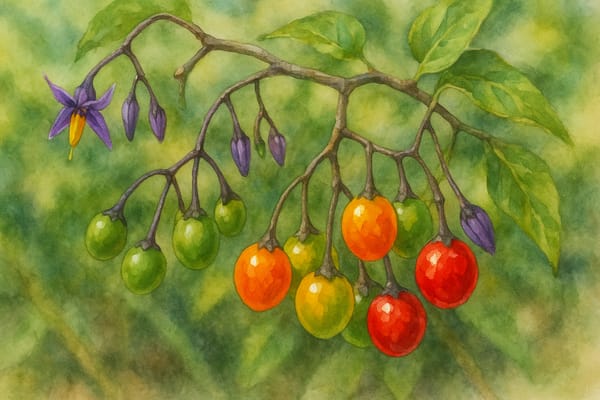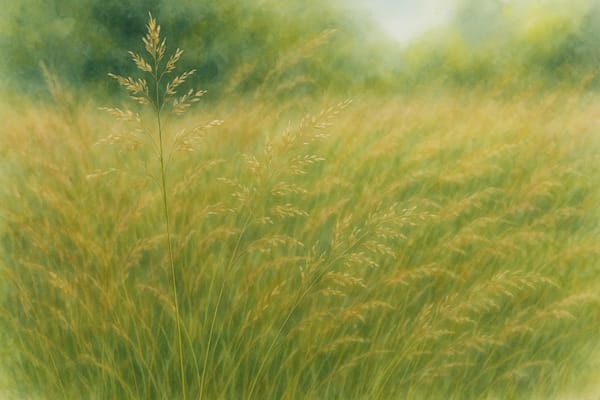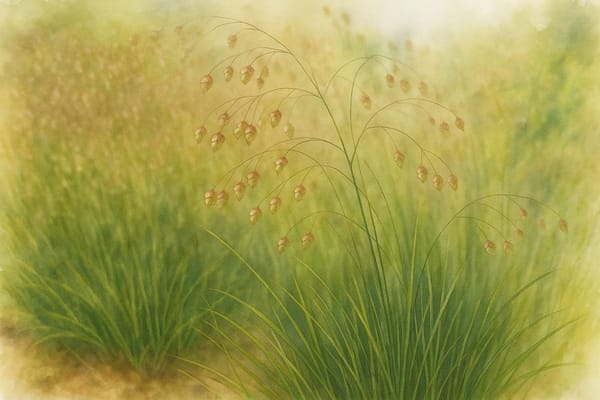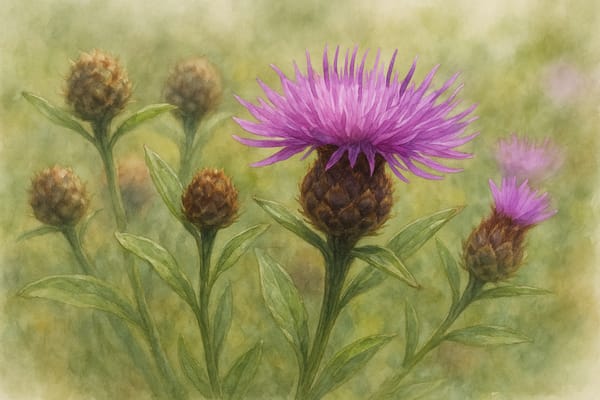Beauty, Protection, and a Legacy of Duality
Historical and Cultural Significance
Winding through hedgerows and coastal thickets, bittersweet—also known as woody nightshade—is a plant rich in folklore, symbolism, and caution. Its deep purple flowers and glossy red berries have earned it a permanent place in the visual and cultural fabric of the Cornish landscape.
Folklore & Protective Magic
Sprigs of bittersweet were once hung above doorways and in stables to ward off evil spirits or misfortune. Its dual taste—bitter then sweet—fascinated herbalists and storytellers alike, becoming a metaphor for transformation, truth, and resilience.
Healing and Risk
Though all parts of the plant are toxic, bittersweet was historically used with care to treat skin complaints, chest ailments, and joint pain. Its medicinal use underscores a traditional understanding of balance—where healing required both respect and restraint.
A Cornish Companion
Though not unique to Cornwall, bittersweet flourishes in the county’s untamed field margins and coastal edges, where it mirrors the local theme of beauty shaped by harsh conditions. It forms part of the living heritage of Cornwall’s countryside, tied to both its wildness and its wisdom.
Growing Bittersweet in Coastal Gardens
Bittersweet brings a touch of the wild to garden edges, trellises, or naturalistic borders—particularly in exposed, coastal conditions.
| Requirement | Details |
|---|
| Light | Full sun preferred; tolerates partial shade |
| Soil | Well-drained; sandy, gravelly, or chalky soils |
| Water | Water young plants until established; drought-tolerant when mature |
| Salt Tolerance | Moderate; suitable for breezy coastal areas |
| Hardiness | Hardy across the UK; copes with wind and poor soil |
Care Tips for the Coastal Garden
- Site & Structure:
Plant bittersweet against a fence, trellis, or boundary hedge. Choose poor-to-moderate soil to keep its growth in check. - Water & Feeding:
Water during dry spells but avoid fertiliser—lush growth comes at the cost of flowers and form. - Pruning & Management:
Cut back in late winter or early spring to encourage bushy growth and prevent it from becoming invasive. Remove suckers and unwanted shoots promptly. - Self-Seeding:
Bittersweet self-seeds freely. Deadhead flowers to limit unwanted spread or use mulch to suppress seedlings. - Containment Options:
For added control, plant in containers or bordered beds. Root barriers can also help in naturalistic plantings.
Ecological and Aesthetic Value
- Wildlife Support:
Flowers attract pollinators, and the berries provide winter food for birds—though they’re toxic to humans and pets. - Natural Beauty:
Its rich purple blooms and red berries offer seasonal contrast and texture from late spring through autumn, lending a sense of untamed romance to the garden. - Symbolism in Bloom:
With its history of healing, protection, and complexity, bittersweet is a plant that carries stories in its stems—a living emblem of Cornwall’s layered past.
Summary
Bittersweet is a plant of duality and endurance—striking in appearance, steeped in folklore, and resilient in even the toughest conditions. When managed well, it adds charm, symbolism, and biodiversity to coastal gardens, echoing Cornwall’s spirit of wild beauty and quiet strength.











